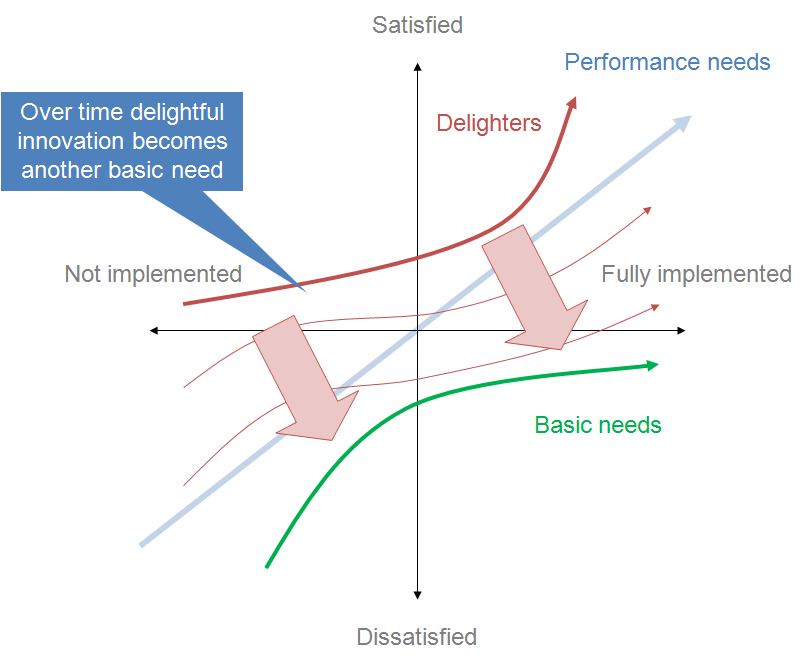“The order is critical: first the strategy, then the plan.
.If the notion of strategy as a plan is moribund, the notion of it as a framework for decision making is gaining ground
...
strategy as “simple rules” which guide decision making
...
the keys to success are “an overall sense of direction and an ability to be flexible.”
...
more successful companies are developed through this sort of planful opportunism than through the vision of an exceptional CEO
...
We are extraordinarily reluctant to admit that luck plays a part in business success. [Moi ici: Nunca esquecer o que é a "luck" - "Be prepared: "luck" is where preparation meets opportunity"]
...
Strategy, then, demands a certain type of thinking. It sets direction and therefore clearly encompasses what von Moltke calls a “goal,” “aim,” or “purpose.” Let us call this element the aim. An aim can be an end-point or destination, and aiming means pointing in that direction, so it encompasses both “going west” and “getting to San Francisco.” The aim defines what the organization is trying to achieve with a view to gaining competitive advantage. How we set about achieving the aim depends on relating possible aims to the external opportunities offered by the market and our internal capabilities.
...
A good strategy creates coherence between our capabilities, the opportunities we can detect, and our aims. Different people have a tendency to start with, and give greater weight to, one or other of these three factors. Where they start from does not matter. Where they end up does. The result must be cohesion. If any one of these factors floats off on its own, dominates thinking at the expense of the others, or is simply mismatched, then in time perdition will follow.
...
The task of strategy is not completed by the initial act of setting direction. Strategy develops further as action takes place, old opportunities close off, new ones arise, and new capabilities are built. The relationship between strategy development and execution is also reciprocal. Doing strategy means thinking, doing, learning, and adapting. It means going round the loop. The reappraisal of ends and means is continuous.”
Excerto de: Bungay, Stephen. “The Art of Action: Leadership that Closes the Gaps between Plans, Actions and Results”. iBooks.














%2006.21.jpeg)












